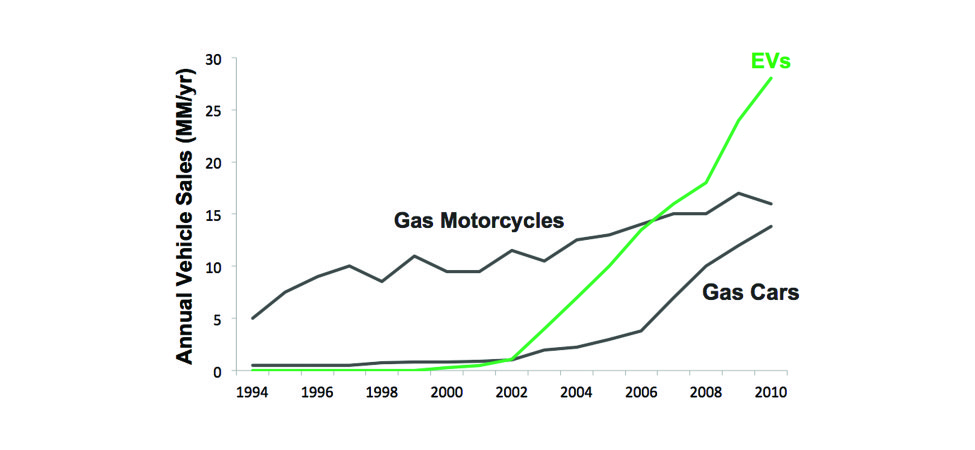3.0 Introduction
If we carefully placed more rocks of equal weight on both sides of this formation, it would still balance. Similarly, the expressions in an equation remain balanced when we add the same quantity to both sides of the equation. In this chapter, we will solve equations, remembering that what we do to one side of the equation, we must also do to the other side.

Mathematical formulas model phenomena in every facet of our lives. They are used to explain events and predict outcomes in fields such as transportation, business, economics, medicine, chemistry, engineering, and many more. In this chapter, we will apply our skills in solving equations to solve problems in a variety of situations.

Graphs are found in all areas of our lives—from commercials showing you which cell phone carrier provides the best coverage, to bank statements and news articles, to the boardroom of major corporations. In this chapter, we will study the rectangular coordinate system, which is the basis for most consumer graphs. We will look at linear graphs, slopes of lines, equations of lines, and linear inequalities.


